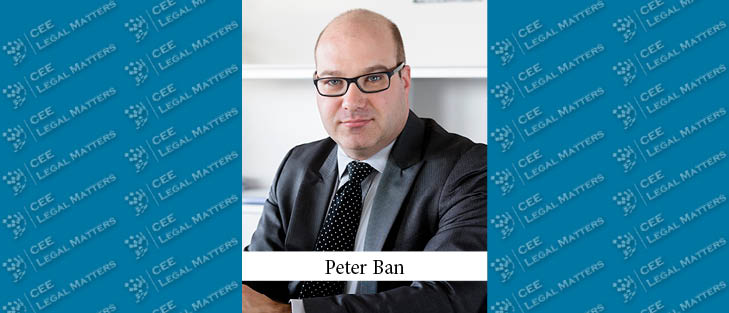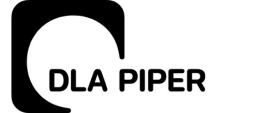Before COVID-19, the home office was not mainstream. It was used more as a benefit to avoid the need to get a day off when you had to stay home to wait for “the guy to get the annual meter reading.” Then came the pandemic which forced us to think outside of the box. Suddenly, everyone discovered that remote work could be a viable alternative. Organizations had to come up with technical solutions to make sure that every possible task could be done remotely. The legal profession by its nature was able to adapt quickly to remote work.
During the pandemic, remote work became the new norm. When life returned to normal, organizations tried to create new ways of working to bring together the best of both worlds. This created many models and a lot of discussion as to what works. In my team, we implemented a hybrid model of 50% remote and 50% office work. Now we see that the market is moving more in the direction of more office time. While home office does have benefits, it also has disadvantages. I am a firm believer that reality moved past the all-office requirement. A good remote work policy is a great retention tool, and it is difficult to hire quality candidates without the possibility of remote work. Let’s face reality – in-house lawyers need to put in a lot of hours and remote work offers a level of flexibility that can help with work-life balance.
The problem is not the concept, but rather how we implement it. It is crucial to establish effective home office practices to ensure both productivity and overall well-being. Remote work should be employed to ensure that it does not harm relationships and teamwork.
The primary challenge is maintaining effective communication and collaboration among team members and with the business. Having virtual meetings is great, but without maintaining face-to-face interactions, it is difficult to exchange ideas and stay connected. To overcome this, every team needs to have a day when on-site attendance is required. In addition, certain important business meetings must take place through personal attendance. Employees are encouraged to organize their week to have meetings, if possible, on the days when they are having office days.
This practice also helps with the main management fear of remote work, which is efficiency. If one can divide their time so that remote workdays are dedicated to drafting and office days are dedicated to meetings, this can be quite effective. This does require clear routines and discipline, but it is doable.
You need a good digital platform for video conferencing, instant messaging, and project management. Teams working remotely need to have a clear policy on where to save their work and how to communicate and set and follow up on tasks. Save everything on SharePoint or a similar file share system, work in a single document, and have a clear protocol on how to document tasks.
My experience is that during COVID-19 was that people compensated the lack of personal connection with having more meetings. This means less time for other tasks. This phenomenon seems to have survived the pandemic. Try to organize as few meetings as possible and avoid large crowds where people just listen. Encourage people to turn their cameras on when they are talking and turn them off if not. This will help limit connection issues and ensure that you can still see who you are talking to. This can also limit the impact of the camera fatigue. Reliable technology and a stable internet connection are essential for remote work. Technology is useless without a robust connection. Technical issues during virtual meetings can be frustrating and people lose focus. Working from home can expose employees to various distractions – a noise-canceling earphone is a blessing, invest in one.
When at home, you can save the commute, but the boundaries between work and personal life will blur. It is important to set limits between work and personal life by establishing a dedicated workspace and adhering to a regular schedule. If you are in the office, avoid the need to put in additional hours at home. In the same fashion, plan breaks and the time when you stop working if you are working remotely. This will allow you to mentally switch gears.
The last point I wanted to address is the people aspect. Having little or no interaction should be the biggest red flag for a manager. The legal business is a people business. Ensure that you talk with your team, and schedule regular check-ins, and team meetings both in person and virtual. Coffee does wonders, but you need to be in the same room to enjoy it together. Avoid the urge to micromanage just because you do not see each other every day. When you meet, devote time to talk with your team, showing them that you care.
By Peter Ban, Director of Legal and Compliance, E.ON Hungaria



